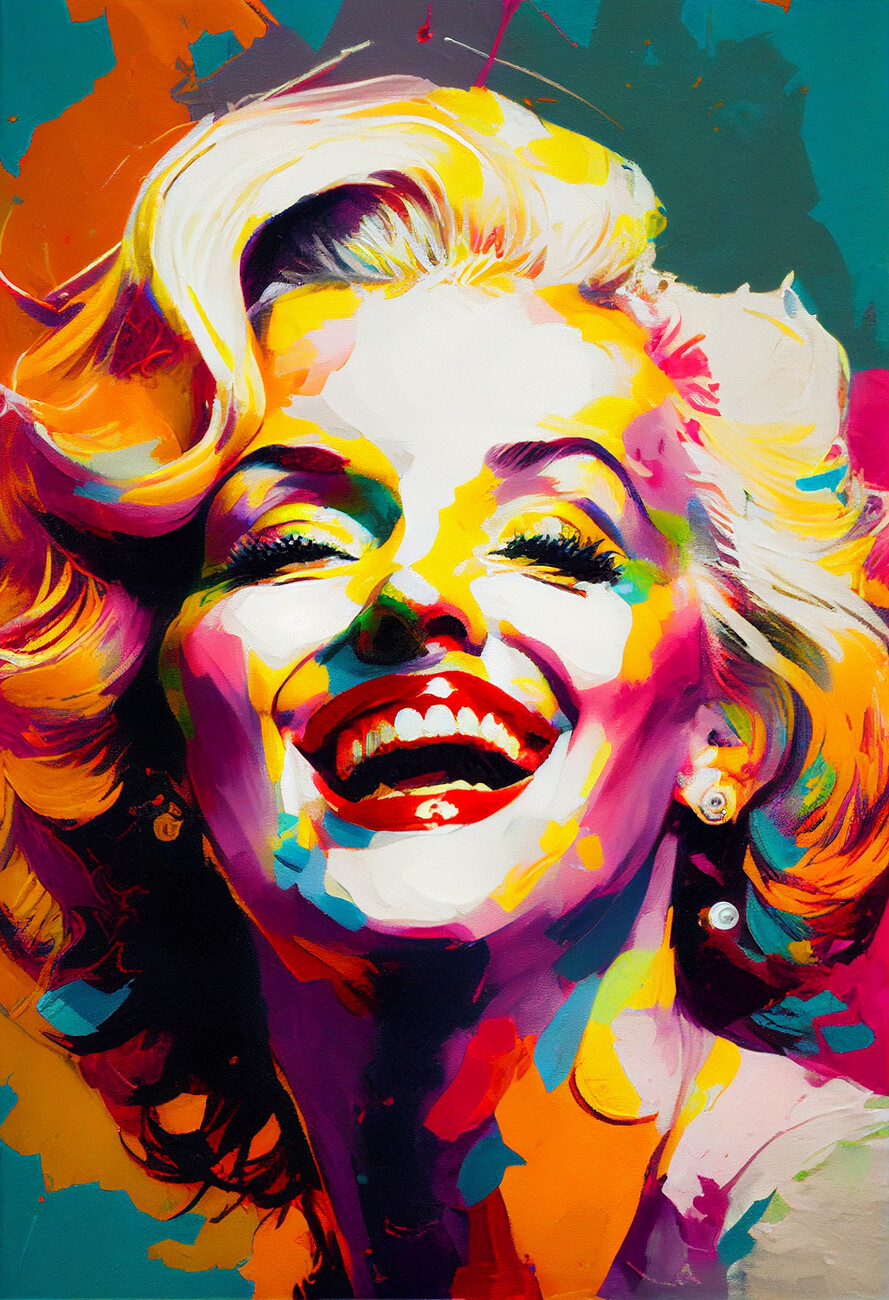Looking Into the Diverse World of Artistic Expression: From Surrealism to Abstract Realism
In the realm of creative expression, from the dreamlike landscapes of surrealism to the complex play of light and type in abstract realistic look, artists have constantly pressed the boundaries of creative thinking and imagination. Each movement holds an one-of-a-kind lens where the world is seen and translated, using a glimpse right into the midsts of human emotion, assumption, and believed. As we explore the multifaceted world of art, we exist with a tapestry of designs, techniques, and viewpoints that challenge our understanding and prompt consideration. The trip through these diverse forms of imaginative expression guarantees to unwind an abundant tapestry of visual narration and intellectual query that astounds the mind and stirs the soul.
Surrealism: Releasing the Subconscious
Surrealism, an avant-garde imaginative activity of the 20th century, looked into the midsts of the subconscious, unveiling a world of dream-like images and non-traditional associations. Pioneered by musicians like Salvador Dali, René Magritte, and Joan Miró, Surrealism sought to challenge the standard means of seeing and understanding art. Through techniques such as automatism and dream evaluation, Surrealist musicians aimed to use the unconscious mind to expose concealed realities and wishes.
One of the vital components of Surrealism was the emphasis on the irrational and the uncanny. By integrating unanticipated components in their jobs, Surrealist musicians intended to develop a sense of disorientation and shock in the viewer. This interruption of reasoning and reason was suggested to provoke a much deeper exploration of the subconscious and the mysteries of the human psyche.
Abstract Realistic Look: Redefining Understanding
Challenging standard imaginative limits, Abstract Realistic look redefines assumption via the combination of well-known components with abstract forms. This innovative strategy to art integrates the representational precision of realism with the creative flexibility of abstraction, providing audiences a distinct aesthetic experience that triggers them to examine their understanding of fact.
In Abstract Realism, artists strive to catch the significance of their topics while also instilling their collaborate with a sense of deepness and complexity via abstract components. By blending the familiar with the unfamiliar, these musicians welcome target markets to engage with their items on multiple degrees, motivating them to discover the nuances of structure, form, and shade.

Cubism: Fragmentising Reality
Utilizing fragmented viewpoints and geometric kinds, Cubism changed the creative representation of fact in the early 20th century. This approach not just deconstructed reality yet likewise emphasized the flatness of the canvas, leading the means for future abstract art activities.

Cubism can be categorized into 2 primary phases: Analytical Cubism, defined by monochromatic color pattern and detailed, fragmented types; and Synthetic Cubism, which integrated collage components and brighter colors into the structures. Through these distinct stages, Cubism affected not only painting but likewise architecture, design, and sculpture. trump art. Its influence resounded across the art globe, motivating artists to explore brand-new ways of representing the globe and interpreting around them
Expressionism: Emotions on Canvas
Checking out the midsts of human feelings via expressive and vibrant brushstrokes, Expressionism arised as a profound imaginative movement in the early 20th century. Unlike previous art movements that concentrated on illustrating the external world, Expressionism dug right into the inner world of the artist's subconscious, aiming to stimulate raw emotions and prompt natural responses from audiences.
Expressionist musicians, such as Edvard Munch, Egon Schiele, and Emil Nolde, denied traditional ideas of elegance and realism in support of distorting type and color to share subjective sensations. The use of exaggerated brushwork, bold colors, and altered numbers aided produce a feeling of worry, alienation, or passion in their works.
Among one of the most popular examples of Expressionism is Munch's "The Scream," which captures the intense anxiety and despair of contemporary life with its swirling, altered figure against a blood-red sky. With their emotionally billed works, Expressionist musicians looked for to challenge conventional creative norms and offer a window into the unstable depths of the human soul.
Contemporary Art: Advancing Point Of Views

Among the defining characteristics of modern art is its consistent advancement and ability to adapt to transforming social landscapes. Musicians are progressively including technology into their practice, obscuring the lines in between the physical and official website electronic realms. This blend of tools permits for ingenious ways of storytelling and involving with target markets in a more interactive manner.
Furthermore, contemporary art typically functions as a platform for social discourse, dealing with pressing issues such as identity, national politics, and the atmosphere. Musicians are using their work to provoke and stimulate vital conversations thought, dropping light on the complexities of the world we reside in. As viewpoints remain to progress, modern art continues to be a influential and vibrant force in forming our social landscape.
Verdict
Finally, the globe of imaginative expression encompasses a large array of motions and designs, each with its own one-of-a-kind strategy to conveying meaning and emotion. From surrealism's exploration of the subconscious to abstract realistic look's redefining of assumption, and from cubism's fragmentation of truth to expressionism's representation of emotions, art remains to evolve and test point of views - trump art. Contemporary art reflects the ever-changing globe we reside in, offering brand-new ways to interpret and understand the intricacies of our truth
As we check out the diverse globe of art, we are offered with a tapestry of styles, strategies, and approaches that test our understanding and prompt consideration. Its impact reverberated throughout the art globe, inspiring musicians to explore new ways of analyzing and standing for the globe around them.
